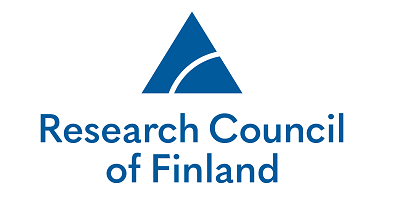
ExaFF
Exascale-ready machine learning force fields
The Exascale-ready machine learning Force Fields (ExaFF) consortium sets out with the objective of enabling the transition of Gaussian approximation potentials (GAPs), one of the leading methodologies for machine-learning-driven atomistic modeling, to the pre-exascale architectures currently sprouting in the European high-performance computing (HPC) landscape. In particular, we aim to harness the power delivered by the LUMI supercomputer based in Finland. These new supercomputers are based on graphic processing units (GPUs) to accelerate the computations. The transition from CPUs to GPUs represents a major challenge for computational scientists, because the existing codes need to be adapted to a different computational logic. The ExaFF consortium is a concerted effort between computational physicists and software experts to port parts of the GAP and TurboGAP codes to multi-node GPU architectures with the goal of achieving significant speedup and performance. At the same time, we will develop the methodologies required to extend the GAP formalism to handle electrostatic interactions efficiently and accurately and deal with the coupling between ionic and electronic degrees of freedom.
These new advances will be used to study two important materials science problems with accuracy and computational efficiency previously out of reach. On the one hand, we will study the interaction between ions and nanoporous carbon materials for energy-storage applications, in particular for future scalable and sustainable batteries. On the other, we will model the degradation of semiconductors under radiation environments similar to those encountered by satellites in orbit around the Earth.
CSC’s role in the project is to provide GPU, HPC programming and performance optimization expertise.
At CSC, ExaFF is a part of the LUMI programme.
This project has received funding from the Research Council of Finland under funding decision No 349231.

Funding source
Research Council of Finland